By Elyse Fox, Metadata Cataloger
A few weeks ago, archivists in the digitization unit had the opportunity to share with Boston’s WCVB-TV Channel 5 “Chronicle” team a behind-the-scenes look at the cataloging of the Kennedy Family Collection nitrate negatives, currently being undertaken as part of the Centennial Digitization Initiative to commemorate the 100th anniversary of President John F. Kennedy’s birth. This large-scale digitization initiative will provide online access to 1,700 images, showcasing a variety of scenes representing a subset of the Kennedy Family Collection from the late 1800s to the early 1950s.
See the interview here.
This rare look gave archivists the opportunity to highlight some of the most interesting aspects of the collection, its value as an example of amateur photography, and demonstrate the process of cataloging 1,700 images!
Having successfully ingested the reference images, archivists are currently in the process of creating robust descriptions and metadata records for all nitrate negatives so that users can browse, search, and discover these historic materials on the Library’s website. In order to create records that will enhance discovery, archivists often have to perform a little detective work utilizing a number of resources, including Kennedy family scrapbooks and albums, other collections in our holdings, literature written about the family, historic newspapers, Federal Census records, and more.
As mentioned in the “Chronicle” interview, the proper identification of the many Kennedy family members and friends can pose one of the biggest challenges to the description process. Creating authority records for the individuals, families, and organizations that created or are represented in our institutional holdings is an important part of the archival descriptive practice. Archivists follow the descriptive cataloging standards set forth in Resource Description and Access (RDA) to create authorities that will eventually be included in the National Archives and Records Administration’s Description and Authority Service (DAS) and the Library of Congress Name Authority File (LCNAF), for use by archivists and librarians across the country.
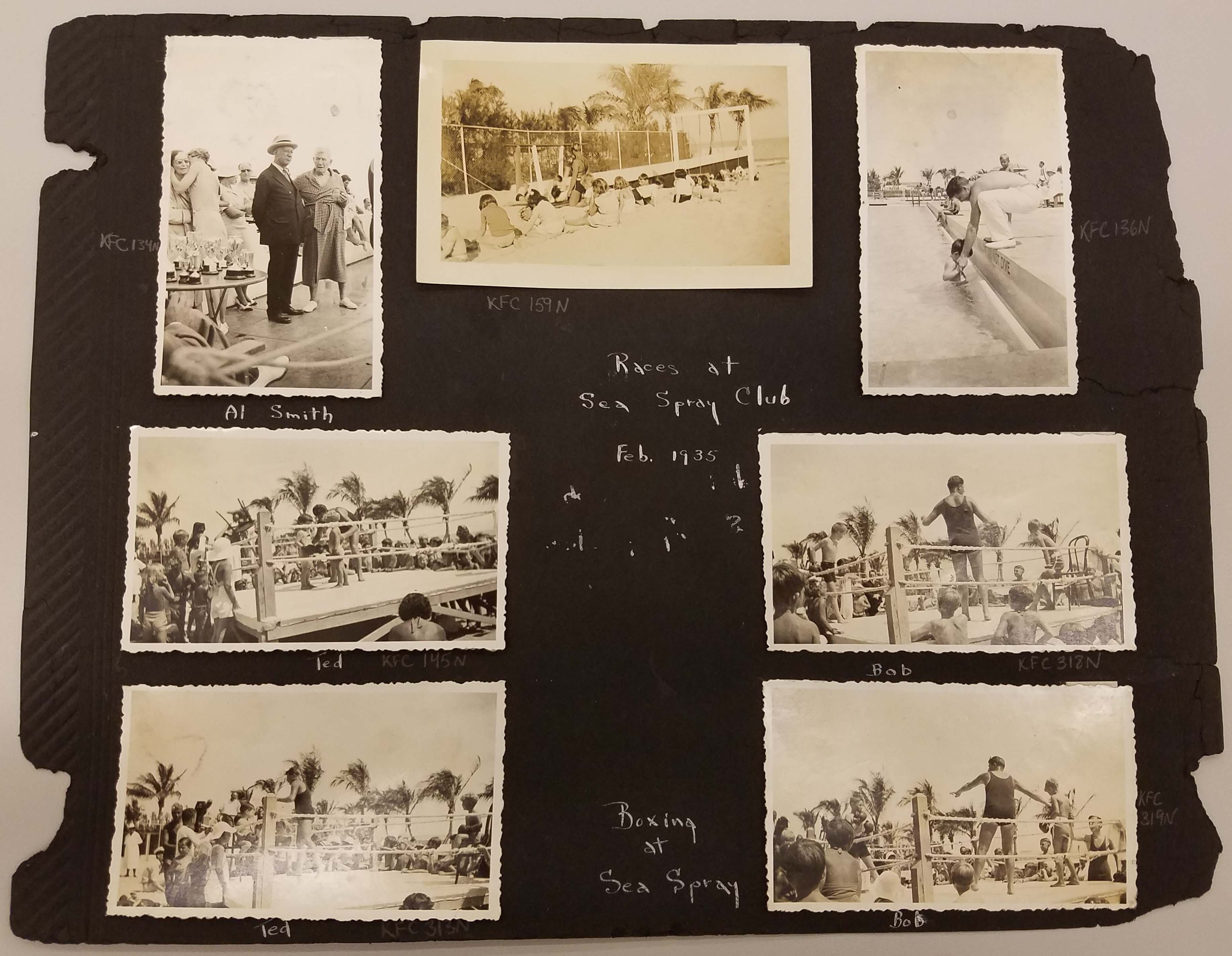
Fortunately (and fortuitously) the Kennedy family contemporaneously created scrapbooks and albums that can be instrumental in establishing the context and content of the photographs in this collection. Caption information from vintage derivative prints are often the starting point for archivists, who use this information to corroborate what is already present in the finding aid, as well as provide additional information on location, dates, and persons present.
The information found in the scrapbooks and albums can at times be straightforward, but more often than not they are merely a jumping off point. For example, when cataloging photos from “Palm Beach, Kennedy family, K. LeMoyne “Lem” Billings, others, 1936: March-April,” we came across a person identified only as “Mary O’K.” A quick search in our local catalog returned zero results, so we had to look further.
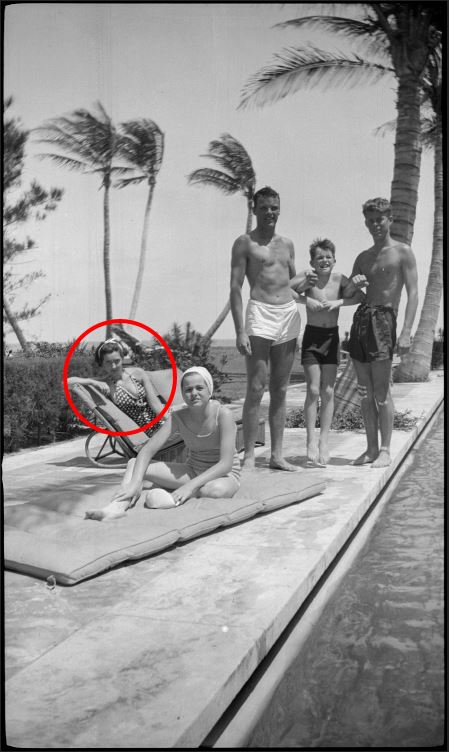
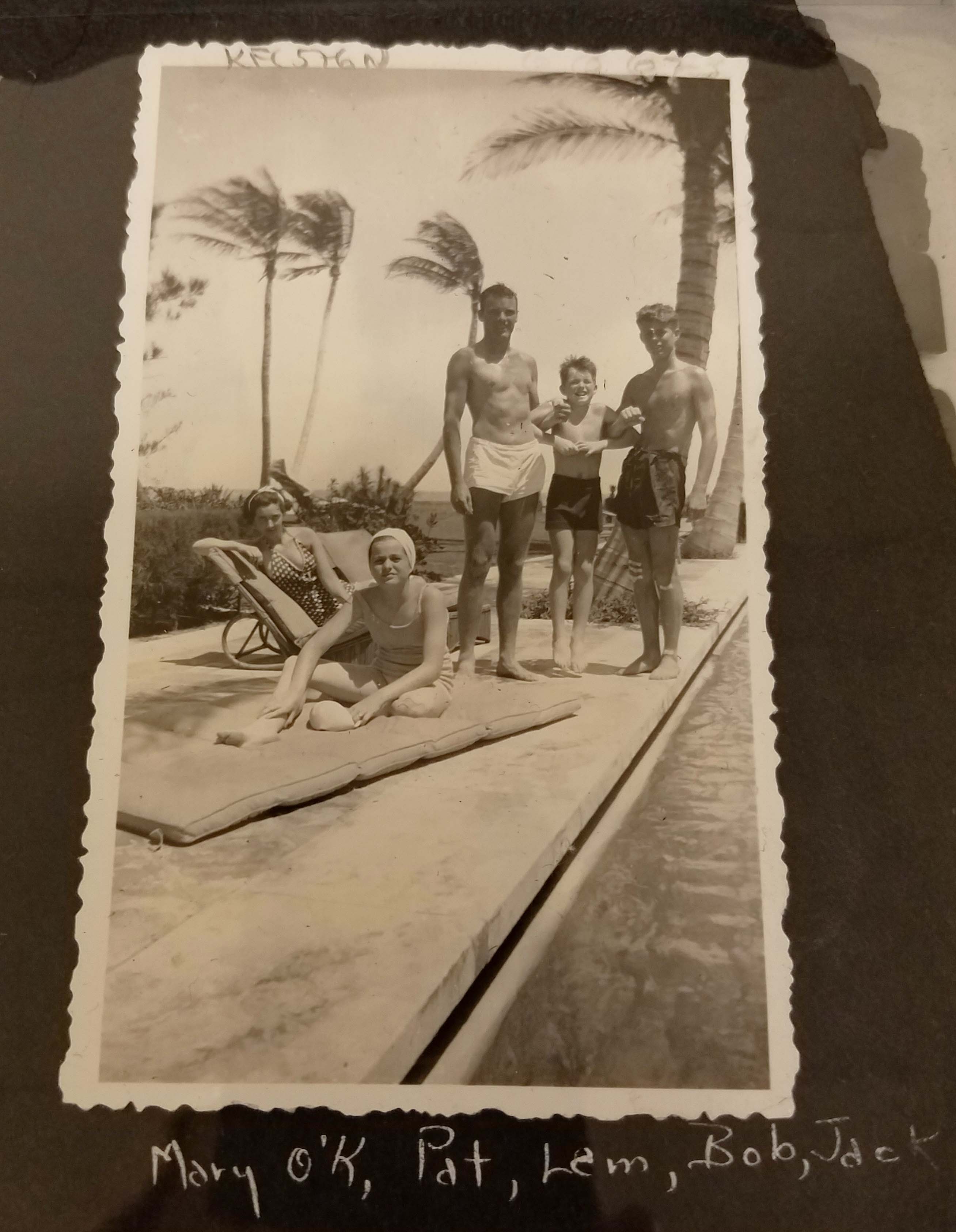
Archivists often perform research in their daily activities, and at times look to the research performed by others; historians are able to evaluate the whole body of knowledge available on a particular subject, and are thus often able to make connections and draw conclusions that might not be so readily uncovered in our own collections. Especially in the case of identifying persons, we can often glean biographical or contextual information from these works that can be used to point us in the right direction. In this case, referencing Kate Clifford Larson’s 2015 book, Rosemary: The Hidden Kennedy Daughter,¹ we concluded that “Mary O’K” was likely “Mary O’Keefe,” friend and classmate of Rosemary Kennedy, and daughter of Ruth Evans O’Keefe.
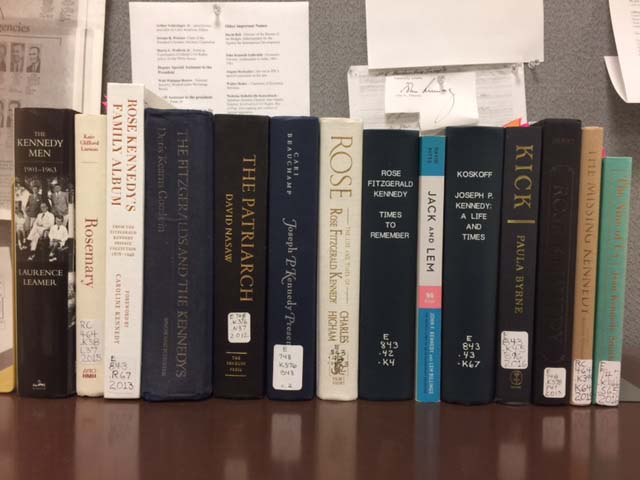
With her fuller name, mother’s name, and possible location based on her school, we then checked Federal Census records held by NARA and digitized by Ancestry.com² to see if we could positively identify her and gather additional information such as birth and death dates, marriage records, or even obtain a photo identification. This can be especially challenging when researching women, who often have multiple name variations throughout their lifetime resulting from marriage.
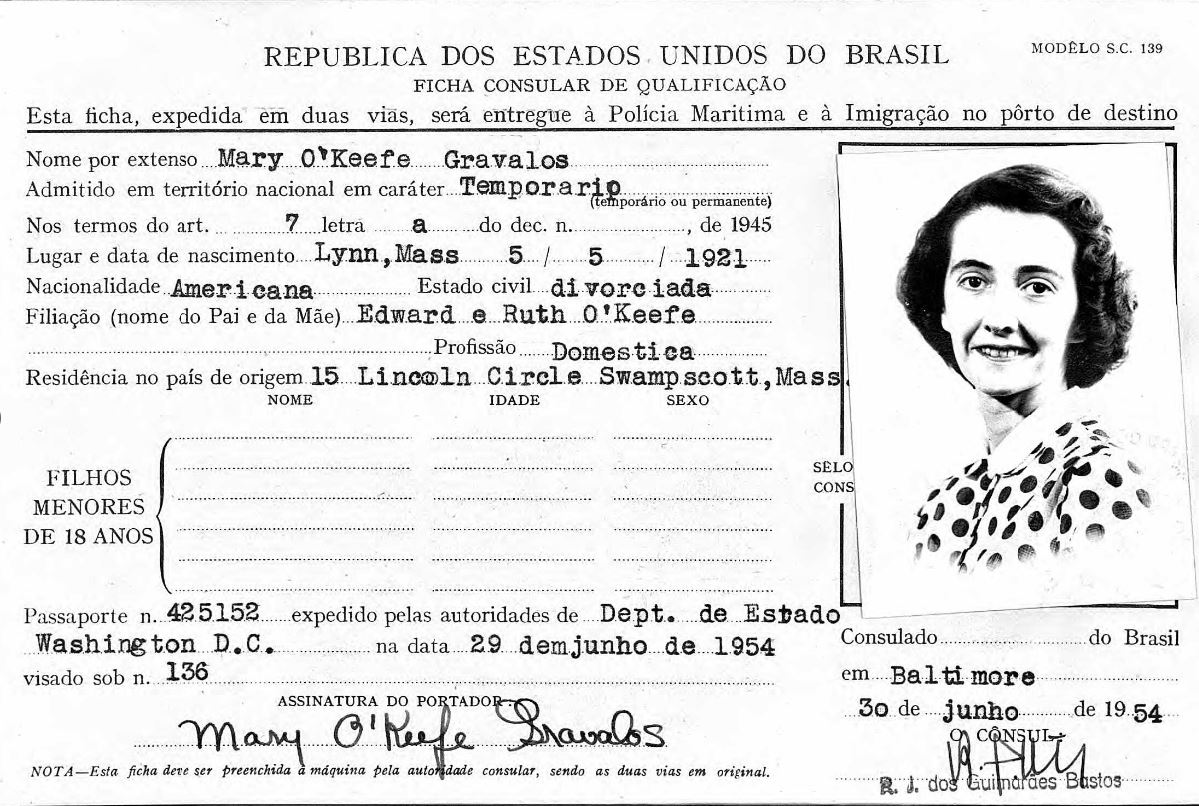
With a bit of luck, we were able to find her 1954 Immigration Card to Rio de Janeiro, Brazil, containing a photo for positive identification. This allowed us to confirm Mary’s identity through Federal Census records and a Social Security Death Index record. With this information, we established the preferred name to be used as the main entry for Mary’s authority record, recorded variant names, and filled in additional biographical information. For name authority records, pertinent information includes: birth and death dates, birth and death location, cities of residence, education and employment history, and military service.
Occasionally it is not possible to find enough information to authoritatively identify a person. Records from the time span the nitrates in this collection cover can often be spotty or incomplete. Furthermore, the Kennedy family friends were often referred to by nicknames, making it even more challenging to positively identify these people. Archivists strive to identify as many of these unknown persons as possible, and these identifications help us to create robust and authoritative metadata records to facilitate search and retrieval by users like you!
Digital images from the Kennedy Family Collection are being regularly added online here. To learn more about the nitrate negatives and amateur photography, or creating authority records, visit our blog. Stay tuned for more updates throughout this project!
SOURCES
- Larson, Kate Clifford. Rosemary: The Hidden Kennedy Daughter. Boston: Houghton Mifflin Harcourt, 2015
- “Census Records: Introduction to Census Records.” National Archives and Records Administration. Last modified February 1, 2017. https://www.archives.gov/research/census.
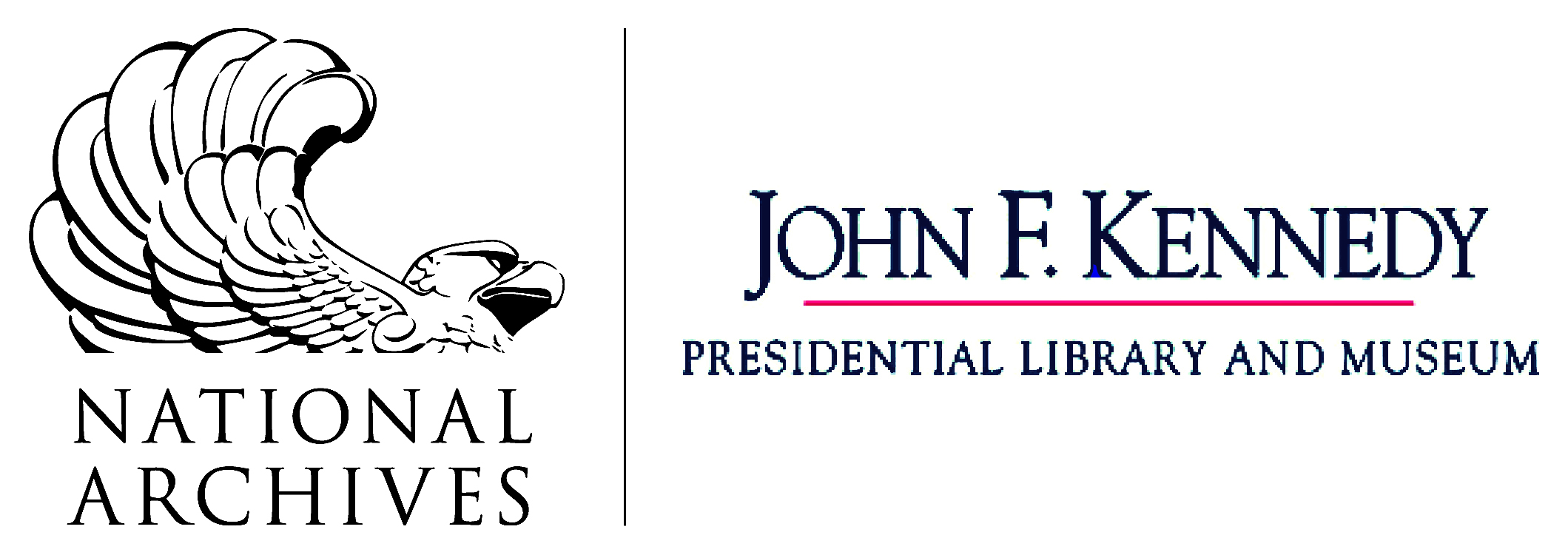
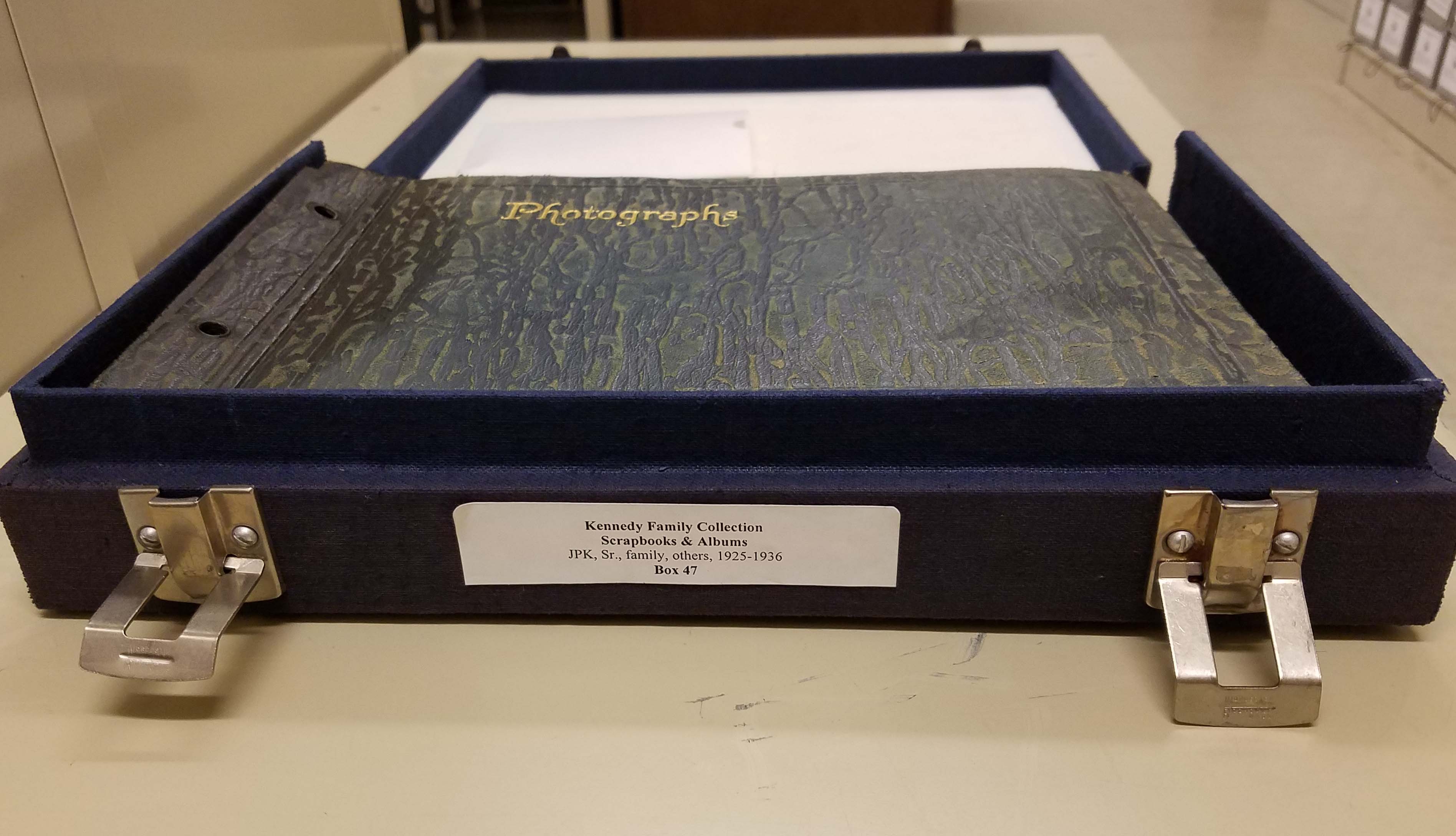
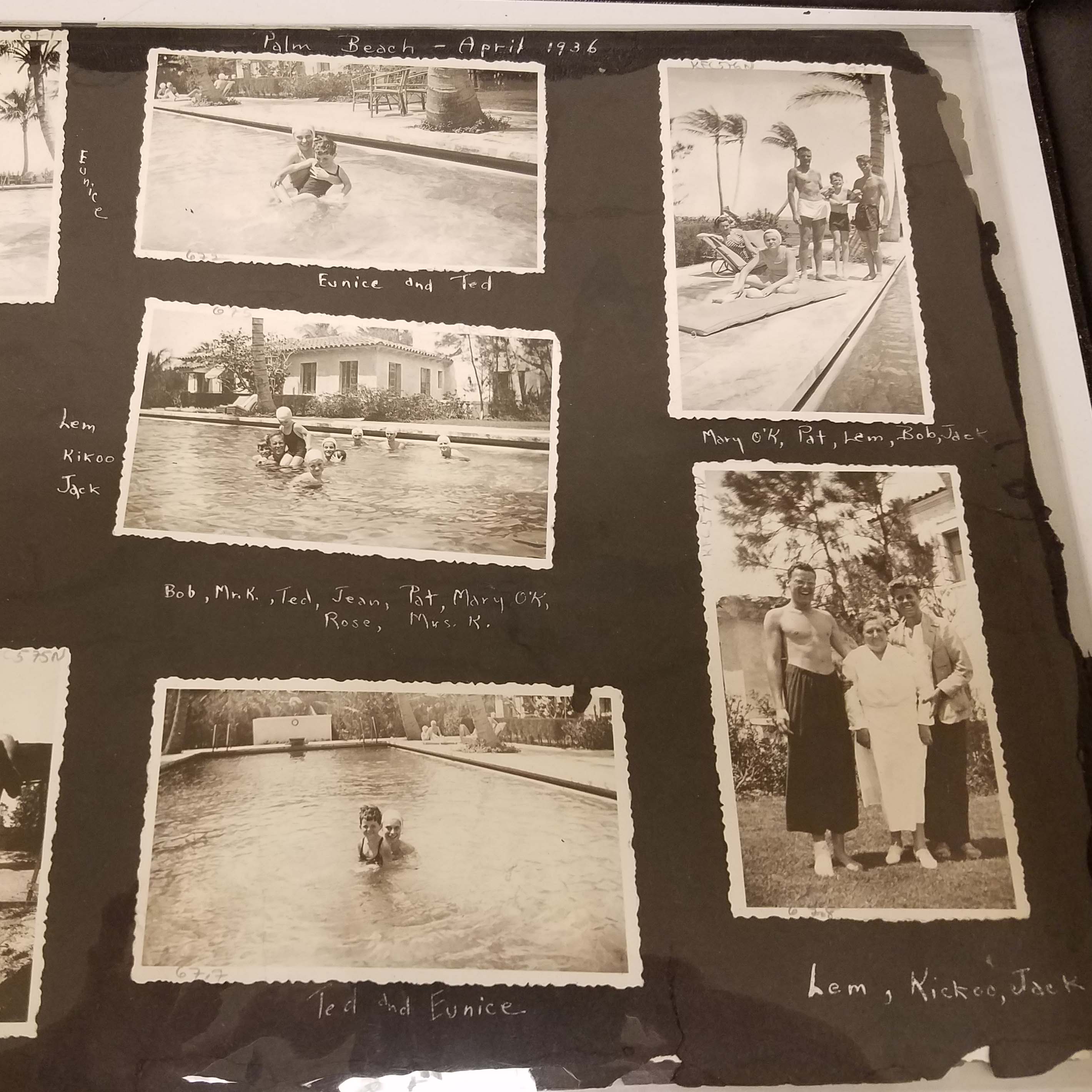
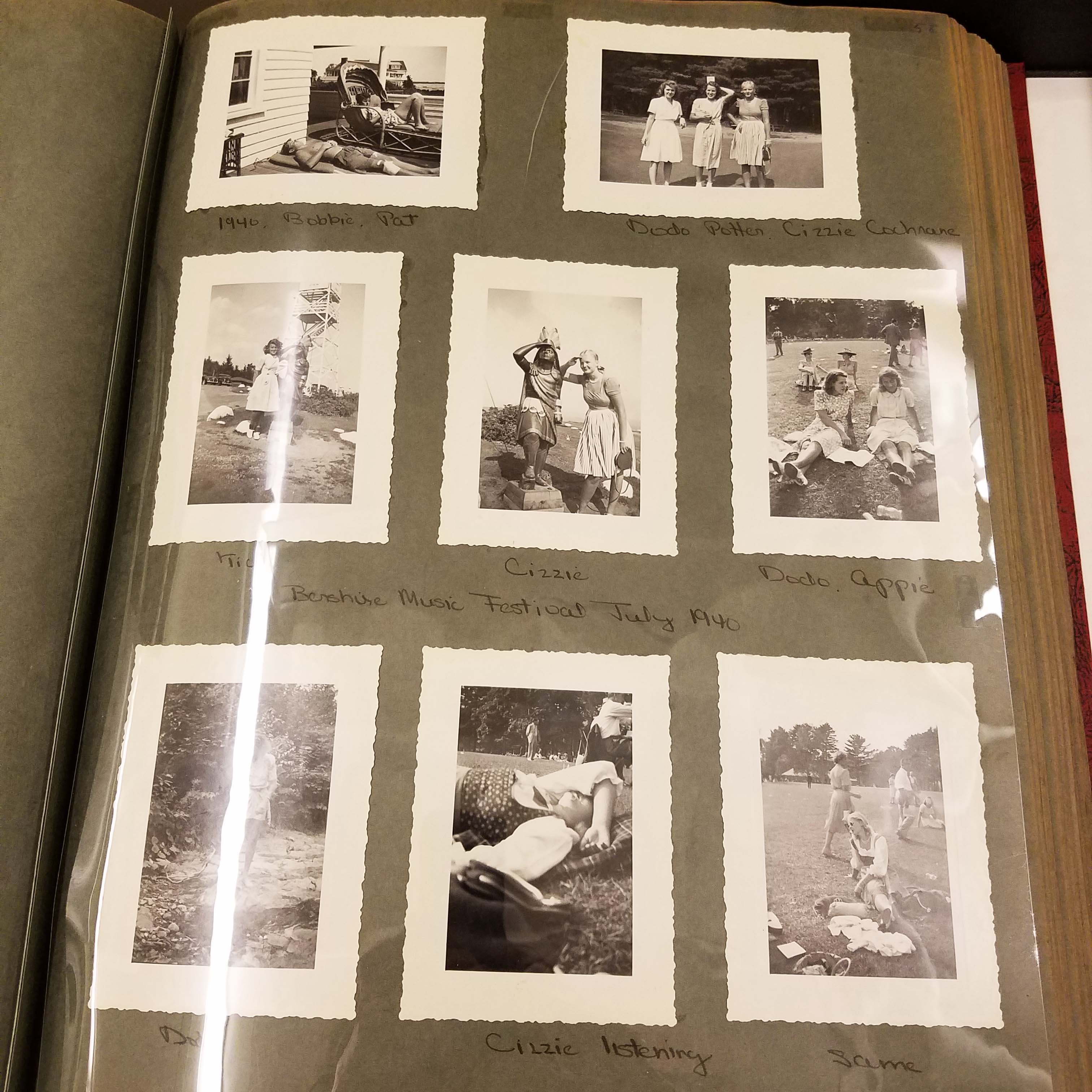
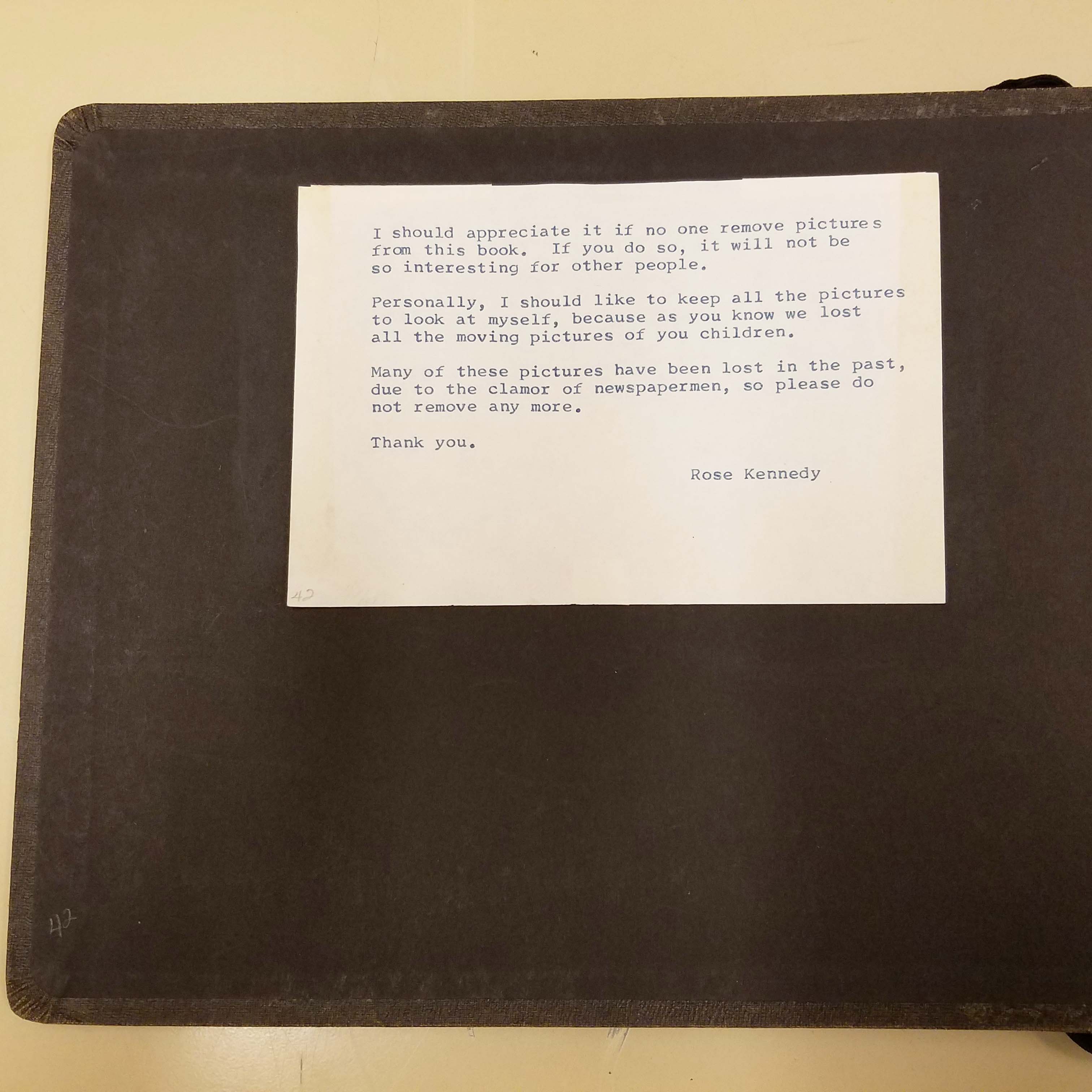
[…] Behind-the-Scenes with Archives Digitization Staff (June 23, 2017) […]
That is my mother Mary Evans OKEEFE Gravalos. I have other photos of her time at the Kennedy place in Palm Beach
We were thrilled to have been able to positively identify your mother in these nitrate images from the Kennedy Family Collection. You will also find a couple more photos of your mother in the following folder: KFC-006-007 https://www.jfklibrary.org/asset-viewer/archives/KFC/006/KFC-006-007.